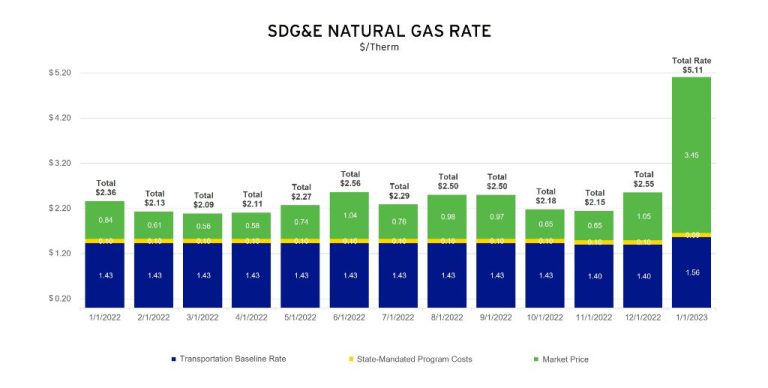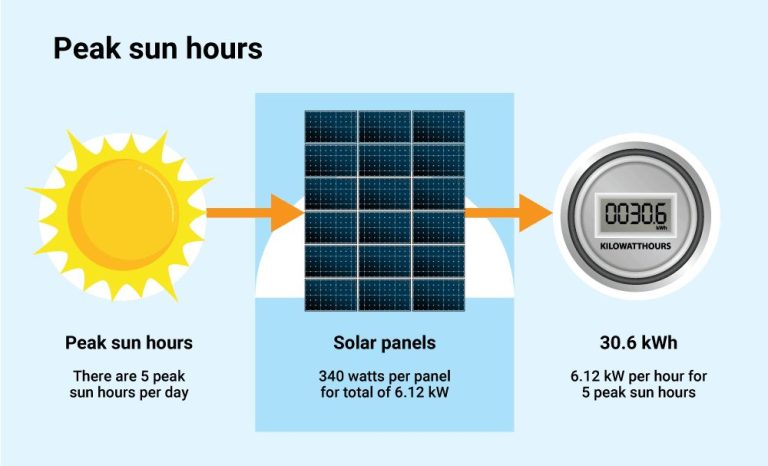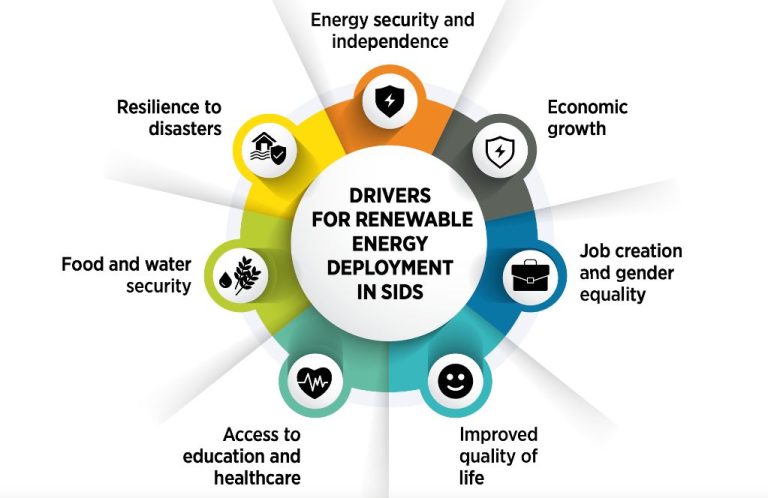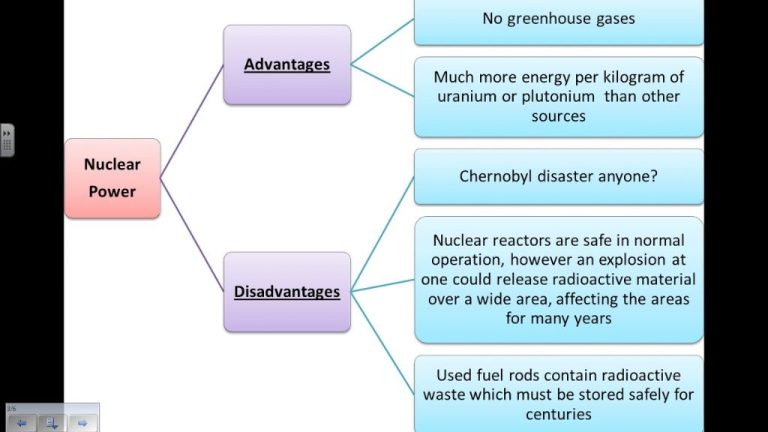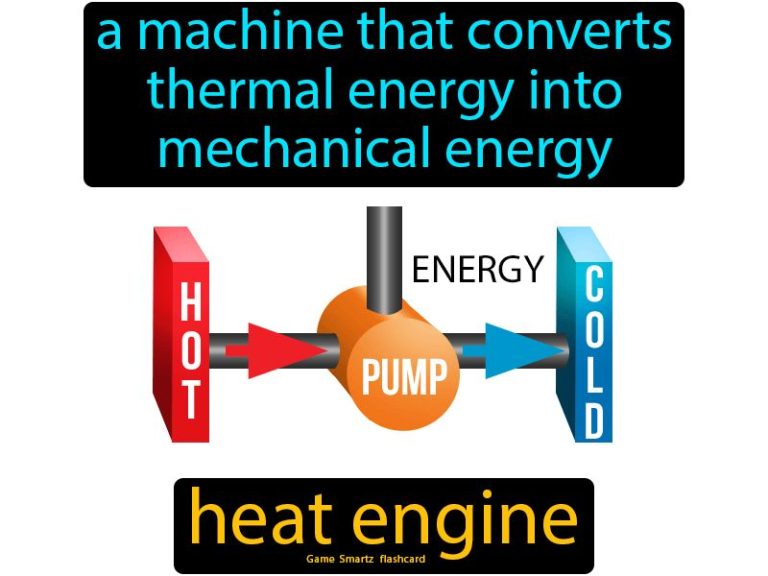What Is Energy Transfer For Kids?
What is energy transfer?
Energy transfer is when energy moves from one object to another. For example, when you ride your bike, your legs push the pedals. The pedals make the wheels turn. The wheels transfer energy to the road to move the bike forward. Another example is when you throw a ball. Your arm uses energy to throw the ball. The ball gets energy from your arm and flies through the air. The ball transfers energy to whatever it hits, like the wall or your friend’s hands.
So in both examples, energy started in one place (your legs or arm) and was transferred to something else (the wheels and road, or the ball). Energy moves around and changes between objects all the time in our daily lives.
Different types of energy
There are two main types of energy that kids need to know about – kinetic energy and potential energy. Kinetic energy is energy of motion. When an object is moving, it has kinetic energy. The faster an object moves, the more kinetic energy it has. Some examples of kinetic energy are a person running, a ball rolling down a hill, or a car driving down the road.
Potential energy is stored energy that an object has because of its position or shape. For example, a ball sitting at the top of a hill has potential energy because of gravity. When it rolls down the hill, this potential energy gets converted into kinetic energy. Other examples of potential energy are energy stored in springs, rubber bands, and even food.
Understanding the difference between kinetic and potential energy helps explain how energy transfers between different objects in everyday life.
Energy can change form
Energy is always changing form. One type of energy can change into another type of energy. For example, when you eat food, your body breaks down the chemical energy stored in the food and transforms it into kinetic energy that allows you to move. The chemical energy in the food changes form into kinetic energy.
Here are some other examples of how energy can change from one form to another:
- Chemical energy in batteries changes into electrical energy to power toys and flashlights.
- The chemical energy stored in wood changes into thermal energy and light energy when the wood burns in a campfire.
- The mechanical energy in a windmill changes into electrical energy that can be used to power things.
- The chemical energy in gasoline changes into heat energy and kinetic energy that powers cars.
Energy is constantly changing from one form into another. This change happens through energy transfer. Understanding how energy can change forms helps explain where energy comes from and how we use it in everyday life.
Energy transfer every day
Kids experience energy being transferred all around them every day. Here are some common examples of energy transfer that kids can relate to:
Bouncing a ball – When you drop a ball, it falls towards the ground. The potential energy of the ball gets transferred into kinetic energy as the ball speeds up. When the ball hits the ground, the kinetic energy is transferred into elastic potential energy stored in the ball as it deforms on impact. As the ball bounces back up, this elastic potential energy is transferred back into kinetic energy.
Riding a bike – Riding a bike involves multiple energy transfers. Chemical potential energy from your body is transferred into kinetic energy as you pedal the bike. This kinetic energy from pedaling gets transferred into the wheels to make the bike move forward. Friction from the wheels on the road also generates heat, releasing some energy as thermal energy.
Eating food – The food you eat contains chemical potential energy. When you digest food, this chemical energy gets transferred into your cells and provides energy for your body’s functions. Any extra energy gets stored for later use.
Law of conservation of energy
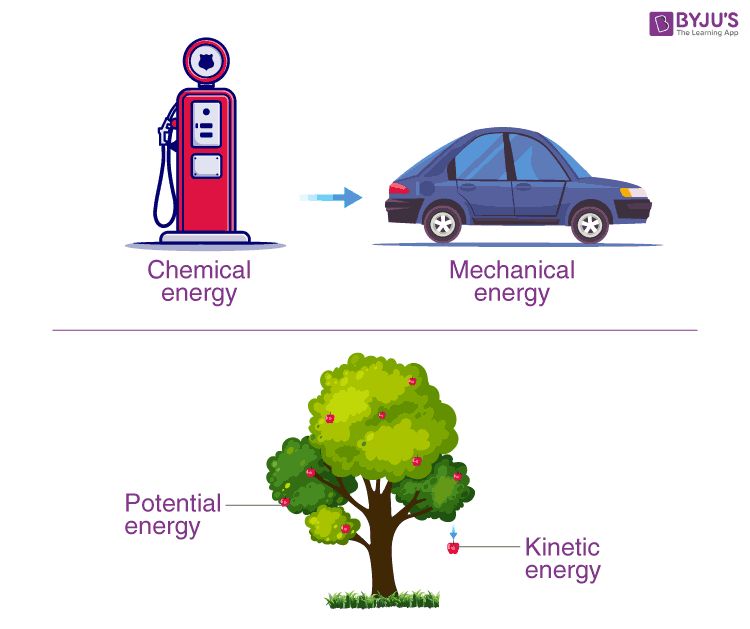
The law of conservation of energy is one of the most important ideas in science. It tells us that energy can never be created or destroyed, it can only change from one form to another. This means the total amount of energy in the universe stays the same.
For example, when you eat food, chemical energy stored in the food gets transferred to kinetic energy that allows you to move. The energy changes form but isn’t created or destroyed. When you turn on a light, electrical energy gets converted to light and heat energy. The energy transforms but the total amount stays the same.
Another example is a ball rolling down a hill. At the top of the hill the ball has potential energy. As it rolls down, this potential energy gets transferred to kinetic energy, or energy of motion. Some energy is also lost as heat due to friction, but the total energy stays constant.
Understanding conservation of energy can help kids grasp that energy is always there and always changing form. We can’t make or destroy energy, we can only harness it and transform it from one type to another.
Forms of stored energy
Energy comes in many different forms that can be converted from one to another. Some common forms in which energy is stored include:
Chemical energy – The energy stored in the bonds between atoms and molecules. Batteries, biomass, petroleum, natural gas, and coal are examples of stored chemical energy.
Gravitational potential energy – The energy stored in an object’s height above some reference point. For example, water held behind a dam has gravitational potential energy that can be converted to electricity.
Elastic potential energy – The energy stored in elastic materials that are stretched or compressed. For example, a stretched rubber band has elastic potential energy.
Other forms of potential energy include nuclear energy stored in the nucleus of atoms, magnetic energy stored in magnetic fields, and electrical energy stored in electric fields. All these forms of stored energy have the potential to do work.
Using energy wisely
It’s important to use energy wisely and not waste it. There are some simple things we can all do to be more energy efficient:
- Turn off lights when you leave a room
- Unplug appliances and chargers when not in use – many devices still draw energy even when turned “off”
- Take shorter showers to conserve hot water
- Recycle paper, plastic, glass and metals – it takes energy to create new items from raw materials
- Use energy efficient light bulbs such as LEDs
- Open windows instead of constantly running the air conditioner
- Wash clothes in cold water instead of always using hot water
- Use appliances efficiently – only run dishwashers and washing machines with full loads
Small changes can make a big difference. If we’re all more aware of our energy use and make an effort not to waste energy, it helps conserve natural resources and protect the environment.
Renewable vs nonrenewable energy
Renewable energy comes from natural sources that are constantly replenished. Some examples of renewable energy sources are:
- Solar energy from the sun
- Wind energy
- Hydropower from flowing water
- Geothermal energy from heat inside the earth
- Biomass from plants and organic waste
Nonrenewable energy comes from sources that will eventually run out or won’t be replenished for millions of years. Some examples of nonrenewable energy sources are:
- Fossil fuels like oil, coal, and natural gas
- Nuclear power from uranium
Unlike renewable sources, nonrenewable sources cannot be easily replenished. Once they are used up, they will essentially be gone. That’s why it’s important to use nonrenewable sources wisely and transition to using more renewable energy whenever possible.
Energy transfer experiments
Kids can better understand energy transfer through hands-on experiments. Here are some fun science activities to try:
Build a ramp with cardboard and books. Roll a ball down the ramp and observe how its kinetic energy increases as it speeds up. Place objects like plastic cups at the bottom to be toppled over, demonstrating the ball’s kinetic energy transfer.
Make a simple pendulum using string and a weight. Drop the weight from different heights and note how the height affects the pendulum’s swing. The gravitational potential energy converts to kinetic energy.
Construct a milk carton car that can be propelled by a rubber band or balloon. As the cart rolls, the elastic potential energy changes to kinetic energy. Experiment with slopes to see how the cart’s speed changes.
These kinds of experiments allow kids to witness energy transformations firsthand. Building their own ramps, pendulums and cars gives them a hands-on understanding of concepts like potential and kinetic energy.
Energy transfer activities
There are lots of fun activities and games you can do at home to learn about energy transfer. Here are a few ideas:
Build a roller coaster. Use cardboard tubes, foam pipe insulation, and other household items to construct a model roller coaster. Release a marble at the top and observe how gravitational potential energy converts to kinetic energy as the marble zooms down hills and around loops.
Conduct a balloon rocket experiment. Blow up a balloon and tape a plastic straw to the end. Let go of the balloon and observe how the air escaping converts energy and propels the balloon forward. Try varying the amount of air in the balloon and see how it affects the motion.
Make a baking soda and vinegar volcano. Mix baking soda and vinegar in a small container to witness a chemical reaction that releases carbon dioxide gas, building up pressure and “erupting” out the top. Talk about how stored chemical energy is converted into motion energy.
Toss around an energy ball. Fill old pantyhose with birdseed and tie off the end to create an energy “ball.” Play catch, noting how potential energy becomes kinetic energy as you throw the ball and back again as it’s caught.
Do an egg drop experiment. Design a contraption using materials like cardboard, bubble wrap, string, and tape to prevent a raw egg from cracking when dropped from a height. See how different designs convert gravity potential energy into elastic potential energy by cushioning the egg’s fall.
Engaging kids in hands-on energy transfer experiments and activities helps reinforce concepts and makes science exciting! Allow time for observation, discussion, and re-designing or extending the activities. Get creative in exploring energy transfers all around you.

